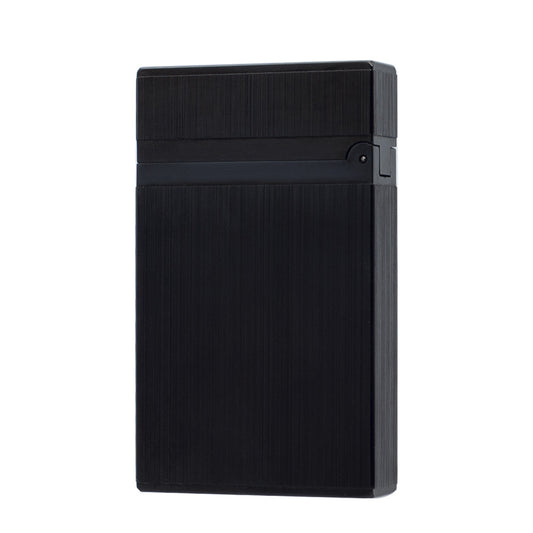How to refill a lighter and how to adjust flame?
Share
How to refill a lighter and how to adjust flame?
Learning how to properly refuel and maintain your lighter is essential for ensuring its performance and safety. This guide covers refueling steps, flame adjustment, and important safety precautions.
Table of Contents
Refueling Instructions Detailed Refueling Instructions Adjusting the Flame Safety Precautions Note for Kerosene LightersRefueling Instructions
- Before refueling: Use a small tool to press the refueling valve and release any remaining gas from the lighter. This helps to equalize the pressure inside.
- Refueling process: Hold the gas can upright and press the nozzle firmly into the lighter’s filling valve. Apply pressure for about 5 seconds per refill, repeating 2-3 times.
- Wait after refueling: Allow the lighter to rest for about 5 minutes before use. If it doesn’t ignite, try increasing the flame height slightly by adjusting the valve (check the + and - directions).
Detailed Refueling Instructions
Follow these steps for different types of lighters:
- Ensure safety: Avoid open flames or sparks while refueling. Do not smoke during the process.
- Use quality fuel: Always use high-quality butane gas. Low-grade fuel may damage the lighter or reduce its lifespan.
- Refill standard lighters: Turn the lighter upside down, align the gas can nozzle with the valve, and press firmly. If gas doesn’t fill, release the excess air in the tank using a small screwdriver before trying again.
- For special lighters: For certain lighters, such as Dupont-style lighters, loosen the valve screw before refueling and tighten it lightly afterward. Avoid overtightening to maintain proper sealing and sound quality.
- For kerosene lighters: Open the top cap, remove the insert, and lift the cotton pad. Add a small amount of kerosene and let it soak in before reassembling.
Adjusting the Flame
- Flame height may vary based on fuel level or ambient temperature. Adjust as needed.
- Recommended flame height:
- Windproof lighters: 1.5-2.5 cm
- Kerosene and open-flame lighters: 2.5-4.0 cm
- Adjust with a flat-head screwdriver or use the adjustment wheel. Turn clockwise (-) to lower the flame and counterclockwise (+) to increase it. Do not exceed half a turn from the normal height to avoid damage.
- For kerosene lighters, adjust the wick height for desired flame size. Trim if too high; pull out slightly if too low.
Safety Precautions
- Keep lighters away from children. They contain flammable, pressurized gas.
- Do not puncture or dispose of lighters in fire.
- Use in well-ventilated areas and avoid flammable materials.
- Ensure the flame outlet is not pointed at your face, skin, or clothing.
- If ash or debris clogs the outlet, blow it away promptly to prevent ignition issues.
- Do not expose lighters to high temperatures (above 50°C/122°F) or prolonged sunlight.
- In high-altitude areas (above 3000 meters), windproof lighters may have difficulty igniting. Open-flame lighters are recommended.
- Avoid prolonged ignition (over 1 minute) to prevent burns or overheating.
Note for Kerosene Lighters
New kerosene lighters do not come pre-filled with fuel. You need to add kerosene before using them for the first time.
By following these tips, you can ensure your lighter works efficiently and lasts longer while staying safe during use.

















